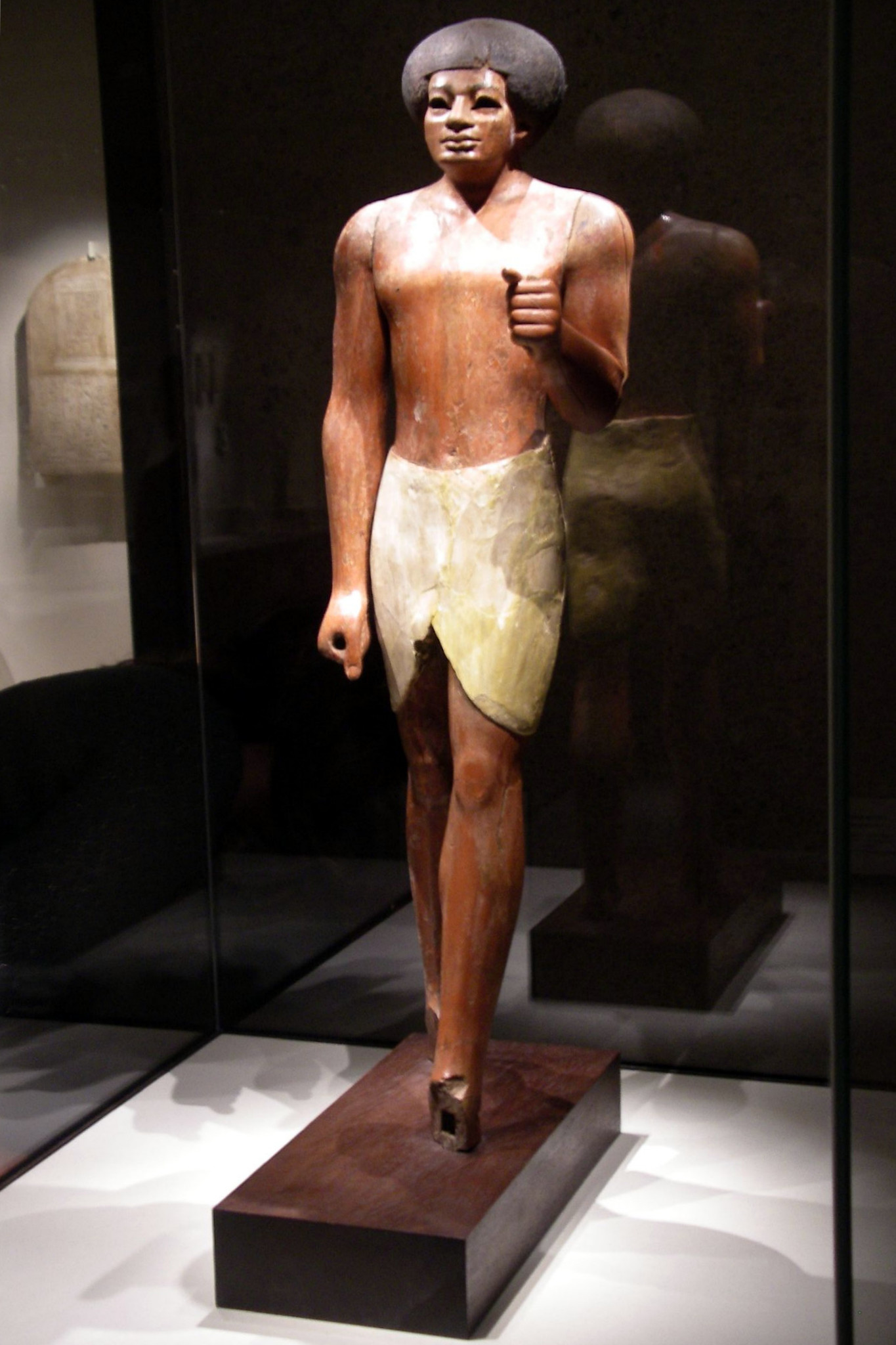Giuseppe Sergi (March 20, 1841 – October 17, 1936) was an influential Italian anthropologist of the early twentieth century, best known for his opposition to
Nordicism in his books on the racial identity of ancient Mediterranean peoples. He rejected existing racial typologies that identified Mediterranean peoples as "dark whites" because it implied a Nordicist conception of Mediterranean peoples descending from whites whom had becomed racially mixed with non-whites that he claimed was false. His concept of the
Mediterranean race, identified Mediterranean peoples as being an autonomous brown race and that the Nordic race descended from the Mediterranean race whose skin depigmented to a pale complexion after moving north. This concept became important to the modelling of racial difference in the early twentieth century.
Contents
Life
Born in
Messina,
Sicily, Sergi first studied law and then linguistics and philosophy. At the age of 19 he took part in
Garibaldi's expedition to Sicily.
[1] He later took courses in physics and anatomy, finally specializing in racial anthropology as a student of
Cesare Lombroso.
In 1880 he was appointed as professor of anthropology at the
University of Bologna. At this time the discipline of anthropology was still associated with the Literature Faculty. In the following years, thanks to the activity of his Laboratory of Anthropology and Psychology, he helped establish the discipline on a more scientific basis. In 1884 he moved to the
University of Rome where he developed a program of research into both psychology and anthropology.
In 1893 he founded the
Roman Society of Anthropology and the Journal
Atti della Societŕ Romana di Antropologia, which later evolved into the
Italian Anthropological Institute (Istituto Italiano di Antropologia) and the
Journal of Anthropological Sciences. This grew from part of the university. He was initially assigned temporary premises in the School of Application for Engineers in
San Pietro in Vincoli and from 1887 the precursor of the Institute operated from the old building of the Roman college, where Sergi also dedicated part of the space to the creation of an Anthropological museum. On 4 June 1893 the new Society was created.
[2][3]
Internationally renowned for his contributions to anthropology, he succeeded in establishing the
International Conference of Psychology in Rome, 1905, under his presidency.
He died at
Rome in 1936. His son Sergio Sergi (1878–1972), also a noted anthropologist, developed his father's theories.
Racial theories
Sergi's initial contribution was to oppose the use of the
cephalic index to model population ancestry, arguing that over all
cranial morphology was more useful.
[3] However, Sergi's major theoretical achievement was his model of human ancestry, fully articulated in his books
Human Variation (
Varietŕ umane. Principio e metodo di classificazione) and
The Mediterranean Race (1901), in which he argued that the earliest European peoples arose from original populations in the
Horn of Africa, and were related to
Hamitic peoples. This primal "Eurafrican race" split into three main groups, the
Hamites, the
Mediterranean race and the north European
Nordic race. Semitic people were closely related to Mediterraneans but constituted a distinct "Afroasian" group.
[3] The four great branches of the Mediterranean stock were the
Libyans or
Berbers, the
Ligurians, the
Pelasgians and the
Iberians.
Ancient Egyptians were considered by Sergi as a branch of the Libyans.
According to Sergi the Mediterranean race, the "greatest race in the world", was responsible for the great civilisations of ancient times, including those of
Egypt,
Carthage,
Greece and
Rome. These Mediterranean peoples were quite distinct from the peoples of northern Europe.
[3]
Sergi argued that the Mediterraneans were more creative and imaginative than other peoples, which explained their ancient cultural and intellectual achievements, but that they were by nature volatile and unstable. In his book
The Decline of the Latin Nations he argued that Northern Europeans had developed stoicism, tenacity and self-discipline due to the cold climate, and so were better adapted to succeed in modern civic cultures and economies.
[3]
Anti-Nordicism
These theories were developed in opposition to
Nordicism, the claim that the Nordic race was of pure
Aryan stock and naturally superior to other Europeans. Sergi ridiculed Nordicists who claimed that the leaders of ancient Greek and Roman civilization were Germanic in origin and argued that the Germanic invasions at the end of the Roman empire had produced "delinquency, vagabondage and ferocity". Sergi believed that the Aryans were originally "Eurasiatic" barbarians who migrated from the
Hindu Kush into Europe. He argued that the Italians had originally spoken a
Hamitic language before the Aryan (
Indo-European) Italic language spread across the country. Some Aryan influence was detectable in Northern Italy, but, racially speaking, southern Italians were unaffected by Aryan migrants.
[3]
Sergi expanded on these theories in later publications. Despite his denigration of Aryans and emphasis on Mediterranean racial identity, he denied that he was motivated by national pride, asserting that his works had the "goal of establishing the veracity of the facts without racial prejudice, without diminishing the value of one human type in order to exalt another one."
[3]
His last book,
The Britons (1936) sought to trace the rise of the
British Empire to the Mediterranean component of the British population.
[3]







 Reply With Quote
Reply With Quote



























